6 Companion Plants for Collard Greens (With Pictures)
-
Pete Ortiz
- Last updated:
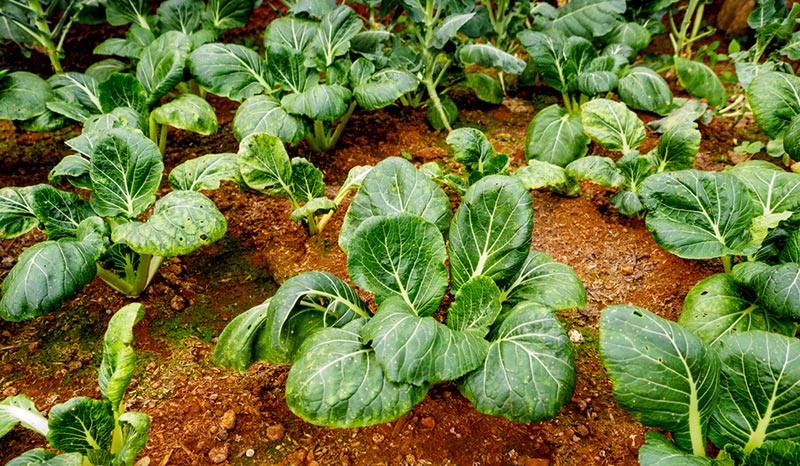
Collard greens are one of the most versatile greens in your garden. They’ll thrive in almost any soil, can tolerate hot weather, and produce quickly. They’re also a beautiful addition to your backyard with their large, glossy leaves and tall stalks. Luckily, they’re not one of the more invasive companion plants out there.
In fact, their natural inclination is to stay in the same general area as other collards, so they don’t spread too much. There are many different ways you can use collard greens in your garden. They make great companions for other greens like kale and mustard greens, which grow at similar heights and provide some overlap for optimal sunlight exposure. Let’s discuss some terrific companion plants for your collard green garden.
What Are Companion Plants?
Companion planting is the practice of planting different types of plants together in the same growing area for beneficial effects. So, a companion plant is any species that has a beneficial effect on another plant by increasing its growth, improving its health, or increasing its yield. It’s a widely used technique that can be employed in both commercial and home gardens.
This approach to planting is used to take advantage of the benefits that can be derived from plants growing in association with each other. A gardener can select specific plants that provide benefits such as improving soil health, attracting beneficial insects, or repelling pests.
The 6 Great Companion Plants for Collard Greens
1. Beans
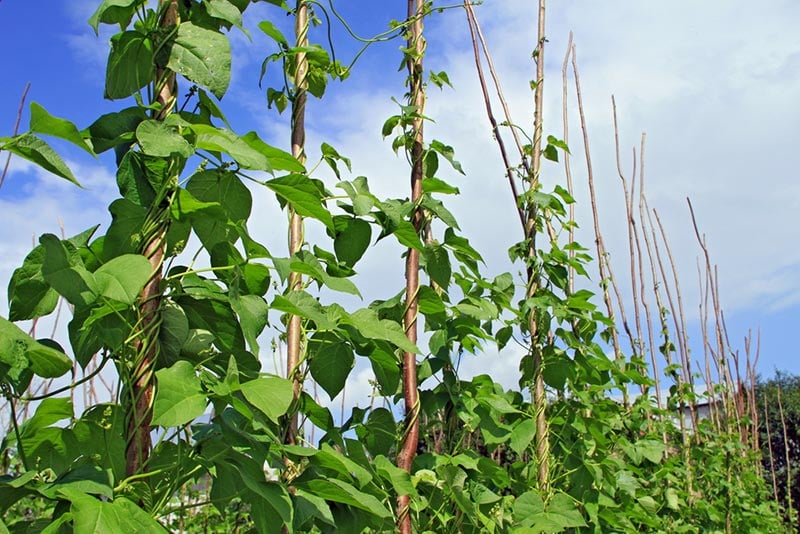
Collard greens and beans are a beautiful pair. Beans are a heavy feeder, so they’ll loosen the soil around your collards and give them extra nutrients. Collards, on the other hand, will help keep the soil moist and regulate the soil pH for optimal bean growth.
If you choose to use pole beans, you’ll have the added benefit of a beautiful vine climbing up the collard stalks and creating even more of a visual impact in your garden. Although bush beans are more common, and will thrive as companions to your collards, pole beans are the perfect way to take advantage of the height that collards provide.
2. Okra

Okra and collards are another great pair. Similarly to beans, okra loves to enrich the soil. It’ll help your collards thrive, and you can use the leaves in your cooking. Okra is a heavy feeder, as well, so it’ll give your collards an extra boost and some beautiful flowers. If you have room in your garden, okra and collards are a match made in heaven.
3. Eggplant
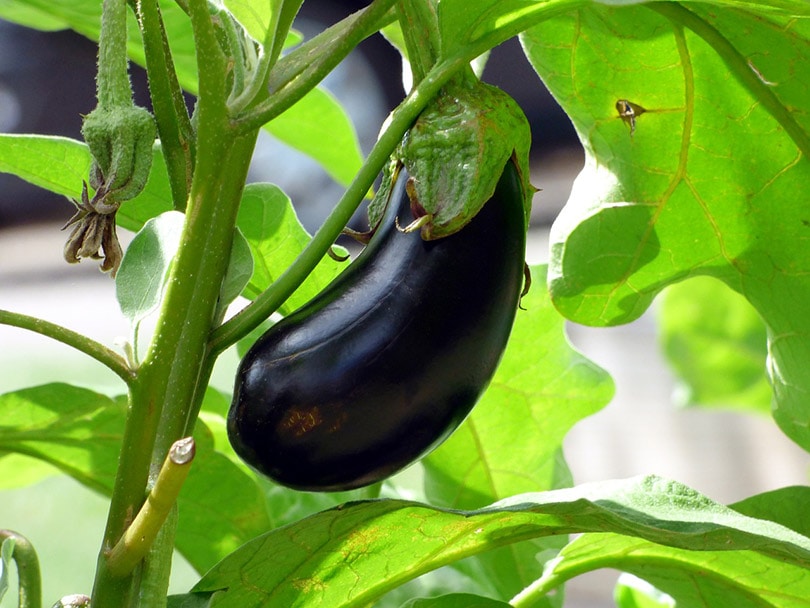
Eggplants and collards will also work great together. Collards are one of the few plants that can actually help repel pests and diseases like the flea beetle that can plague eggplant. Collard’s natural sulfur content, particularly if the leaves are wilted, creates a great way to naturally keep pests away from your eggplants.
Eggplants, on the other hand, will enrich the soils in your garden and help your collard plants thrive. These veggies are heavy feeders, so they’ll give your collards a healthy boost. If you’re planting enough collards to feed your entire household (or selling them locally), eggplants are a great way to supplement your meals with some healthy vitamins.
4. Radish
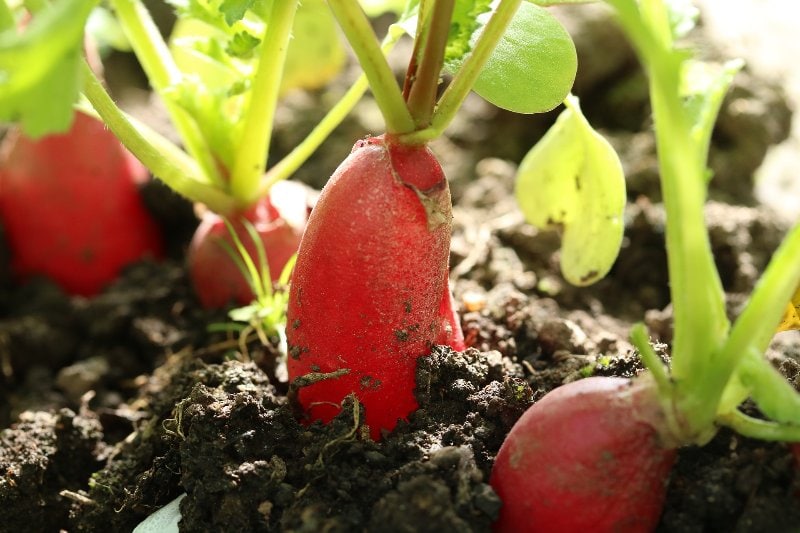
Radishes and collards are another perfect match for your garden. Radishes are a quick-growing vegetable that can be harvested in as little as two weeks. They love full sun and well-drained soil, which collards love too. Radishes will help your collards thrive and you can even grow them in pots or in a small bed in the garden to save space. Radishes will help enrich the soil for your collards. They’re also a great companion for other quick-growing vegetables, such as lettuce and spinach.
5. Rhubarb
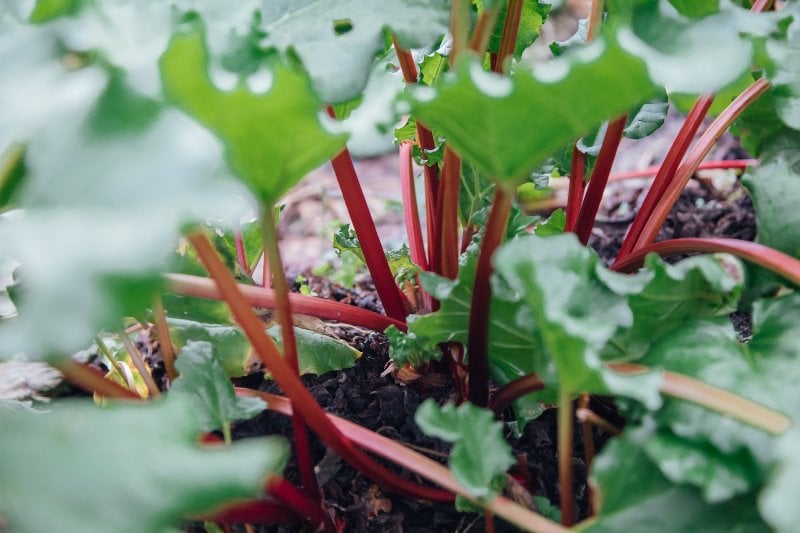
Rhubarb and collards are a classic pair. Rhubarb is a beautiful ornamental plant that also happens to be edible. It’ll thrive alongside your collards and add beautiful color to your garden while it grows. Rhubarb is a heavy feeder that will enrich the soil for your collards. You can also use the leaves in your cooking if they’re young enough.
6. Corn
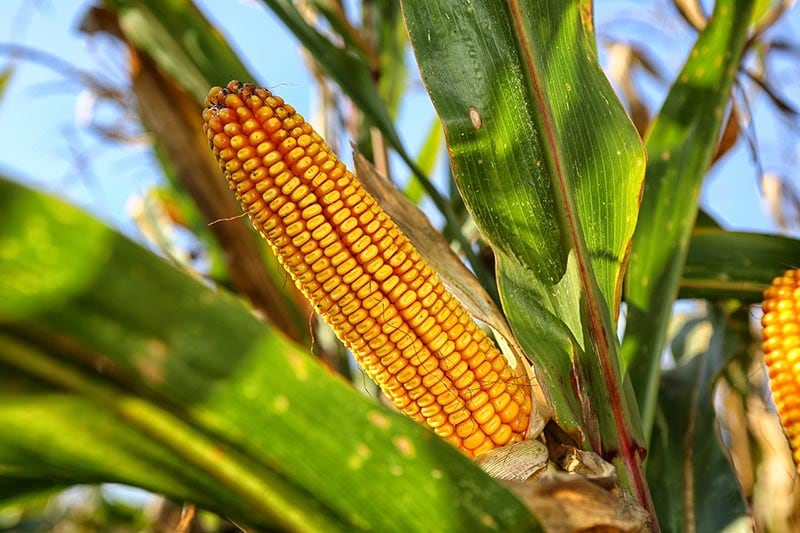
Corn grows beautifully alongside collard greens. Collard greens can help keep pests and diseases away from your corn stalks, particularly if you’re growing sweet corn. However, note that sweet corn is particularly susceptible to various pests and diseases. Collards will also enrich the soil for your corn. If you have room in your garden to grow both collard greens and corn, you’ll have plenty of fresh corn on the cob throughout the summer. Just be careful not to overwater, because corn can also be prone to root rot if planted too close to your collards.
The Worst Companion Plants for Collard Greens
There’s a lot of debate surrounding companion plants, but most home gardeners will tell you that there are a great many plants that simply are not friendly to collard greens plants. One of the worst is tomatoes. The acidity in tomatoes can burn the leaves and even cause the plant to die back. Other plants include cabbages, cauliflower, and broccoli, which consume similar nutrients as collard greens and may take the nutrients away.
Pests to Watch Out for When Growing Collard Greens

A major problem with collard greens is slugs. The slugs can damage collards by eating the leaves and roots. This can cause the plant to die back. You can help prevent slugs by keeping your garden clean and well-watered.
Collard greens are susceptible to aphids, which are small insects that feed on the plant’s sap and foliage. If you notice spots on the leaves, remove them immediately so they don’t spread to other parts of the plant. You should also keep other plants away from collards, such as strawberries, tomatoes, and roses, because they can attract pests like aphids.
5 Tips for Growing a Garden of Collard Greens
Collard greens are one of the most misunderstood and underappreciated leafy greens. Even though they aren’t as popular as kale or spinach, collard greens can be a delicious addition to any home garden.
They’re easy to grow, thrive in the heat, and are great for those that want to add more nutrition to their diet. Whether you like your greens mild or spicy, there is an option for everyone. As with growing any vegetable, you need to know the basics before diving in and growing your own produce. Here are some basics before you get started with growing collard greens.
1. Grow Collard Greens in A Well-Rotated Garden
Always rotate your garden. Remember that collard greens are related to broccoli, cabbage, and lettuce. If you have a well-designed garden that uses the “southern” method of growing, collards should be planted in the same place where related plants (such as cabbages) were planted the year before.
This will help prevent soil-borne diseases that can harm collard greens. If you don’t use a well-rotated garden, you can still grow collards, you just need to be extra careful with preventing diseases that can cause issues with growing collards.
2. Prepare Your Soil Before Planting
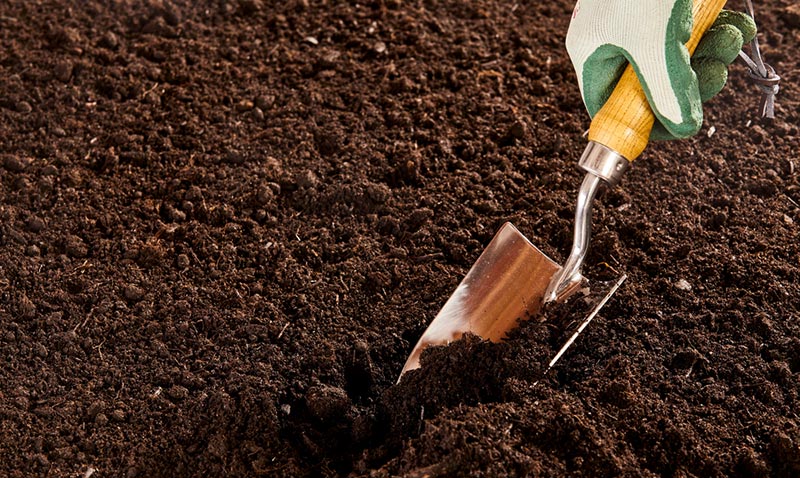
Before you plant your collard greens, it’s important to make sure your soil is ready to go. Like with any other vegetable, you want to make sure your soil is healthy and enriched with plenty of compost to keep it in good shape. Once your soil is enriched, you can start planting your collard greens.
3. Space
Like with most vegetables, you want to make sure you leave enough space between each plant. Collard greens need about 18 to 24 inches between each plant.
4. Sowing
If you are planting collard greens from seeds, you should start sowing about two to three weeks before the last frost in your area. Make sure to keep your soil temperature warm enough for the seeds to germinate successfully. You can do this by covering your soil with a light garden blanket or covering it with a row cover.
5. Decide When to Plant New Collard Greens
As mentioned previously, collard greens prefer cooler weather. This is why they’re often planted in the fall. You can plant collards in the spring as well, because they are also hardy in hot weather. Make sure to check the soil temperature in your area before planting your collard greens.
If you’re planting collard greens in the spring, they will need somewhere between 90 and 120 days to mature. This means that you should be planting your collard greens somewhere between mid-April and mid-May depending on your climate and any weather patterns.
But if you’re planting collard greens in the fall, they’ll need about 150 to 180 days to mature. This means that you should be planting your collard greens somewhere between mid-August and mid-September depending on your climate and any weather patterns.
Conclusion
Collard greens are an incredibly hardy vegetable, and they can stand up to extremely cold and hot weather, so they can be a reliable source of food when other plants fail. These leafy greens are a great low-maintenance addition to your garden that you can harvest throughout the year.
They make great companions for many other plants in your garden, as well. Whether you’re planting them for food, or you’re using them to sell at local produce markets, collard greens are a great choice.
Featured Image Credit: Sompol, Shutterstock
Contents



